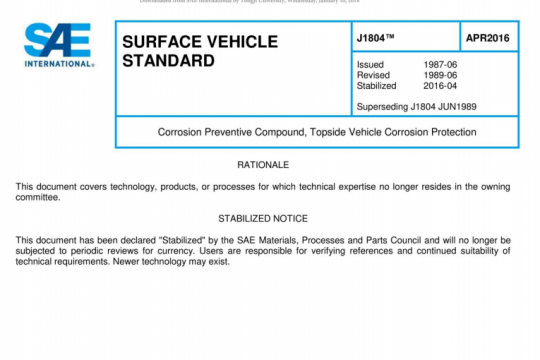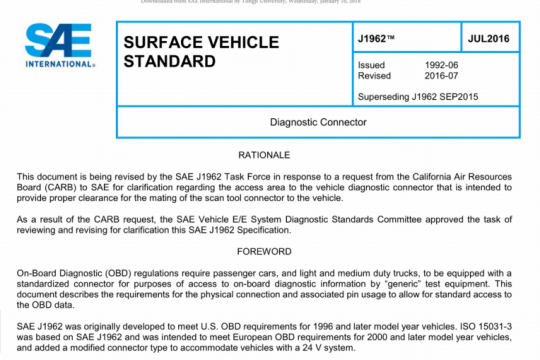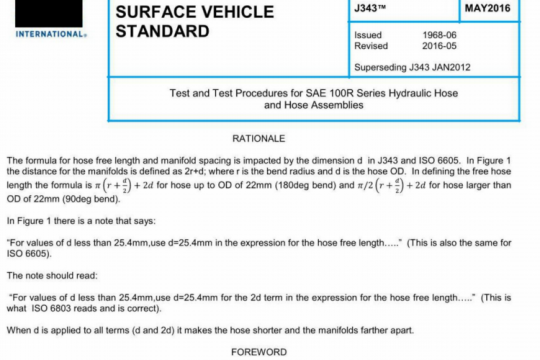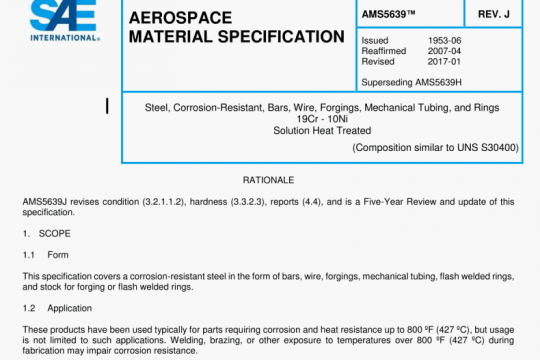SAE AMS 3044G:2019 pdf free
SAE AMS 3044G:2019 pdf free.Magnetic Particles, Fluorescent Wet Method, Dry Powder
The fluorescent magnetic particles shall be of such size that not less than 98% by weight shall pass through a 3-inch (76-mm) diameter U.S. Standard No. 325 (45 μm) sieve, as defined in ASTM E11, determined by passing a 1-quart (1-L) sample of thoroughly-mixed test suspension, as in 4.3.3, through the screen/sieve. After the test suspension liquid vehicle has completely passed through the sieve, rinse with 1 quart (1 L) of the original liquid vehicle. Dry the sieve to remove all of the liquid and determine the dry weight of the residual particulate material not passing through the screen/sieve as related to the original weight of the particulate material in the sample, expressed in percentage.
Fluorescent magnetic particles shall retain their initial sensitivity, color, and brightness of indication after placing not less than 400 mL of thoroughly-mixed test suspension, prepared as in 4.3.3, in a 1-quart (1-L) capacity constant speed blender,operating the blender at approximately 10000 to 12000 rpm for a total of 10 minutes, in 2 minute intervals, allowing the suspension to cool for 5 minutes between stirring cycles, and, at the end of the cumulative 10 minute blending, conduct the sensitivity test of 3.2.5.
Prepare a test specimen meeting the requirements of Figure 1. The test specimen consists of SAE 4130 (AMS6350) or SAE 4340 (AMS6359) steel heat treated to 180ksi with surface finish 16 micro-inch (0.4 micro-meters) or better. The specimen contains single fatigue crack (0.100 to 0.250 inch surface length) grown using 3-point bending. Magnetize and flush the specimen using a sample of agitated test suspension that has that has passed the contamination (3.2.1) and concentration (4.3.3) tests. Using the wet-continuous method, longitudinally magnetize the specimen in an alternating current (AC) field to achieve 30 to 60 gauss tangential field measured in accordance with ASTM E709. View the crack indication in a darkened area under UV-A as defined in 3.2.2. The indication shall be sharp and distinct. Background fluorescence around the indication shall be of a level which will neither obscure the indication nor cause difficulty in detection.See Figure 2 for an example indication.SAE AMS 3044G pdf free download.




